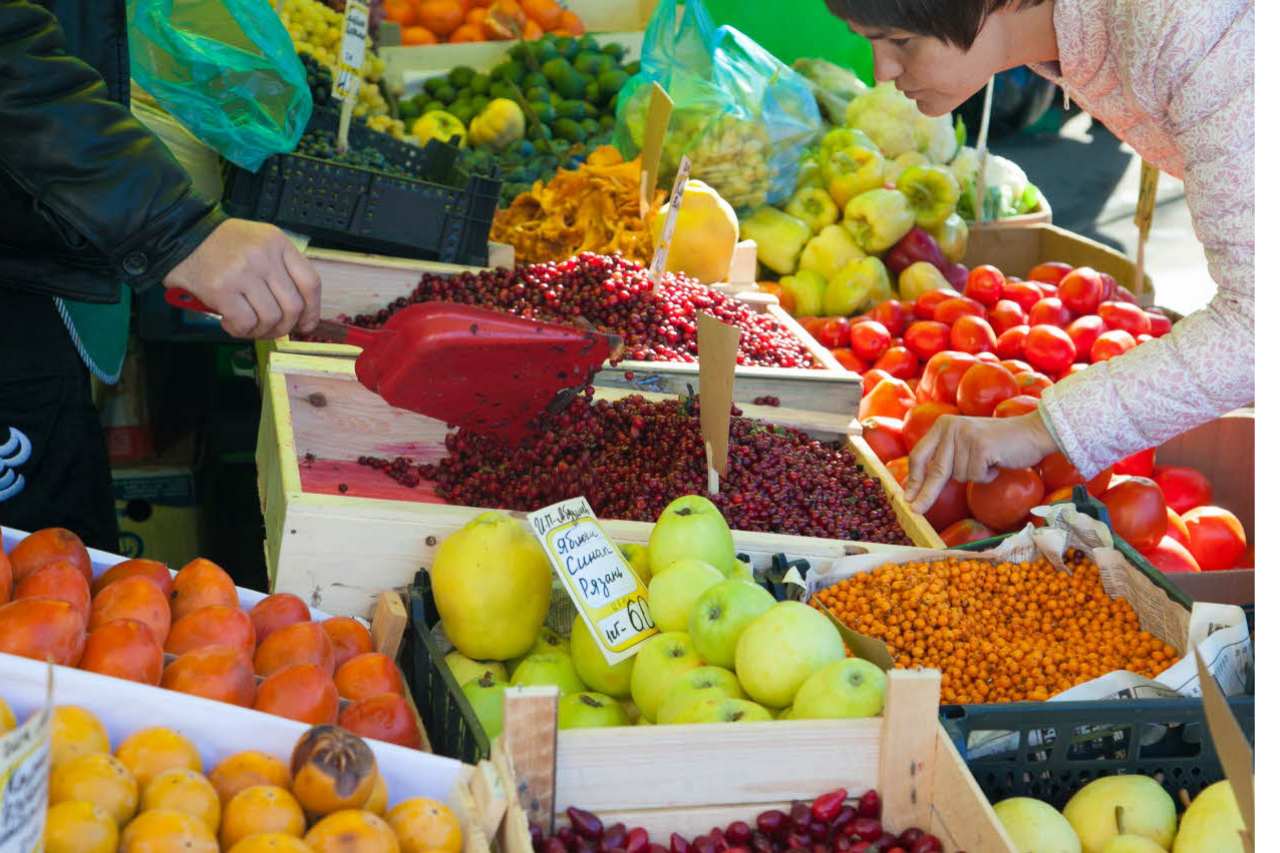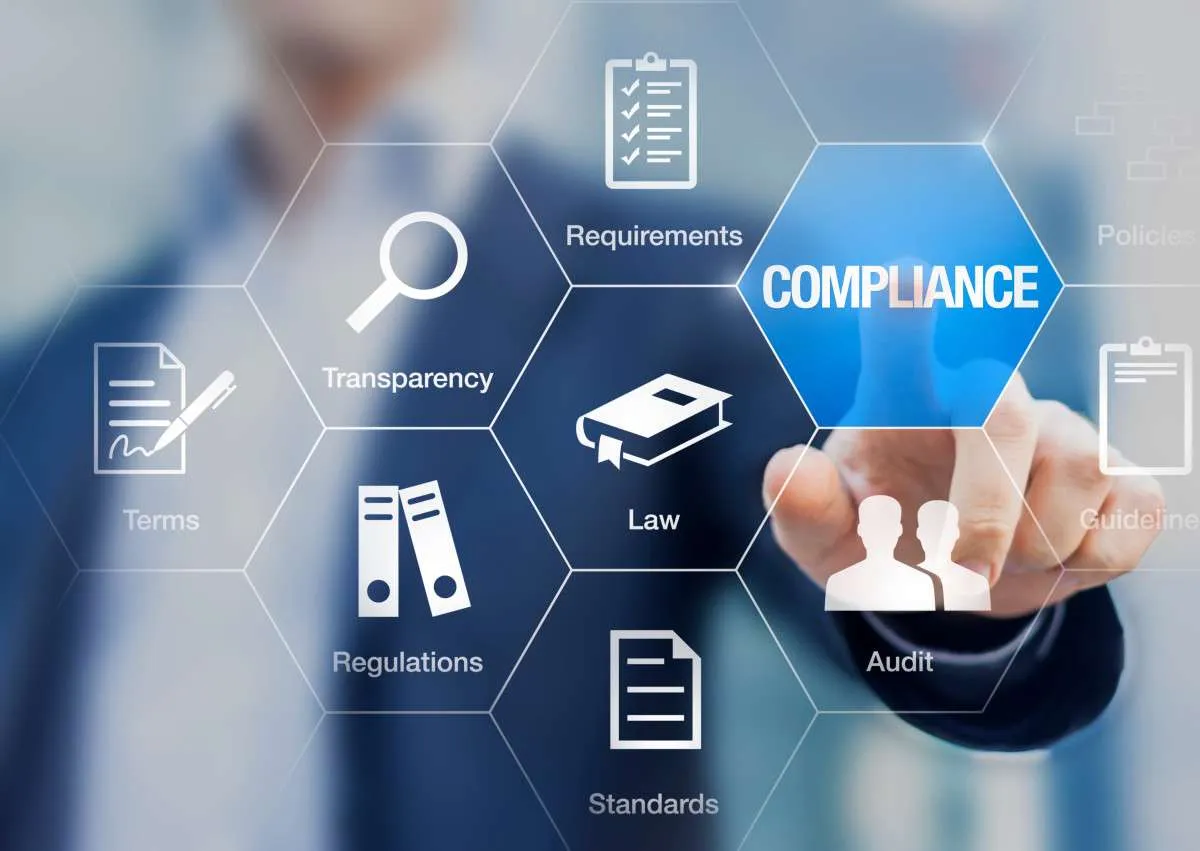Don’t you think the world today is now just highly regulated? Yes it is. Wonder which industry is facing high pressure? It’s the food and pharmaceutical industries. They have to meet strict compliance
requirements in every step of production and distribution.
Marking and labeling play a key role in this process, as they provide consumers, regulators, and businesses with vital information. According to the World Health Organization, unsafe food causes an estimated 600 million cases of illness and 420,000 deaths worldwide each year, highlighting why accurate labeling is critical.
Similarly, the U.S. The Food and Drug Administration reports that over 100 drug recalls take place annually, many linked to packaging or labeling errors. These statistics show that food and pharma marking compliance is not just a regulatory requirement but also a public safety measure.
Making sure that labels, codes, and packaging are accurate, durable, and traceable protects human lives, prevents lawsuits, and helps companies maintain consumer trust. As compliance rules evolve, businesses
need reliable methods and modern technology to meet them consistently.
This blog explores what regulatory compliance in pharma and regulatory compliance in food mean, why they are essential, and how companies can adopt the best practices for coding and marking in pharmaceuticals and food industries to provide safety, legality, and brand reliability.


